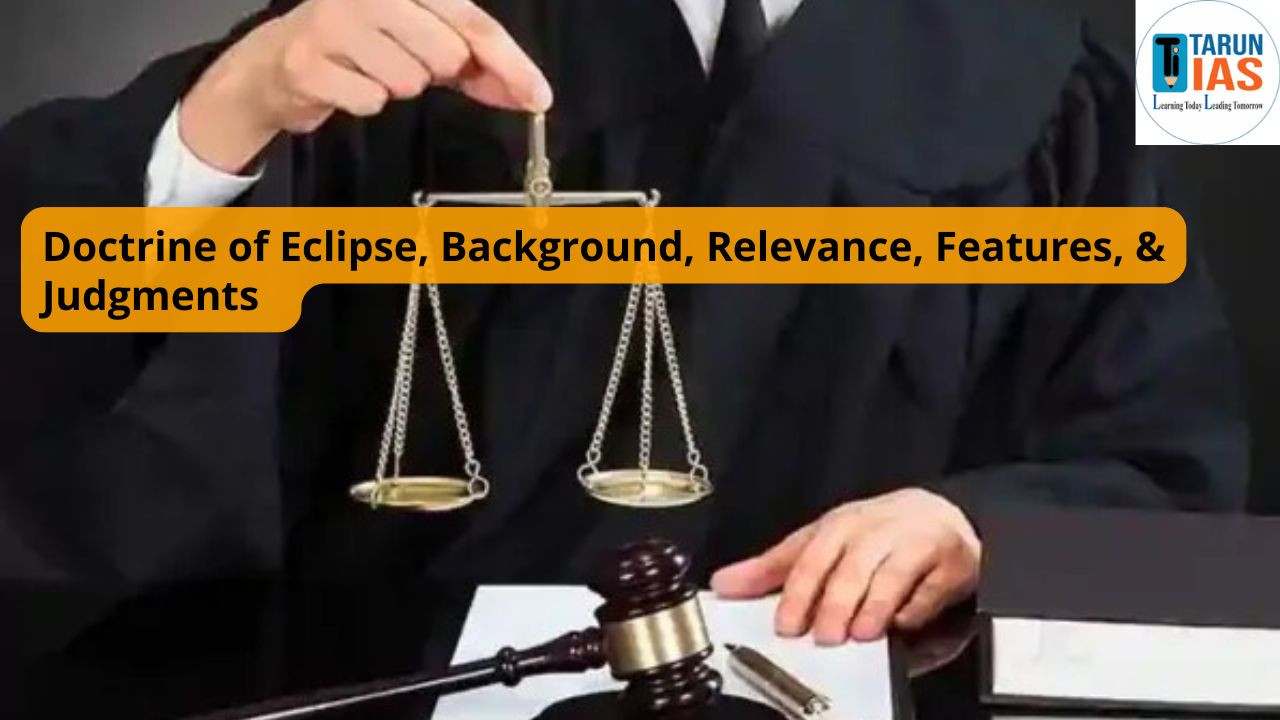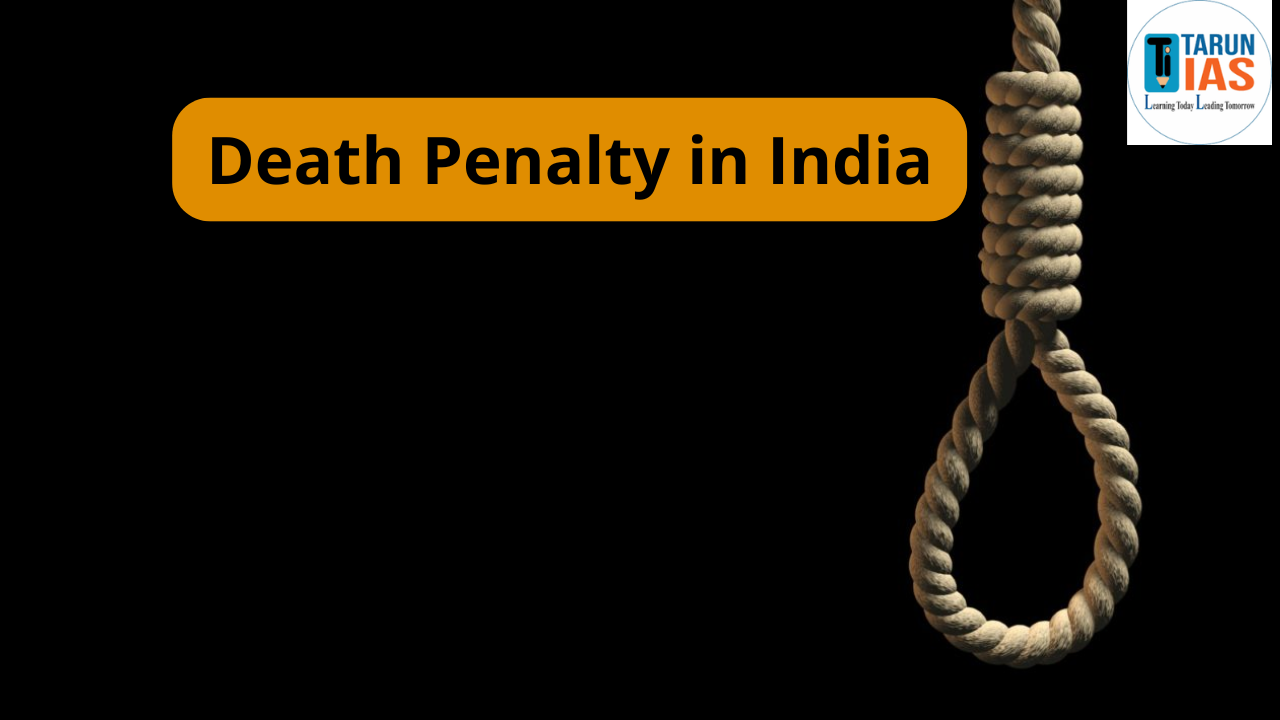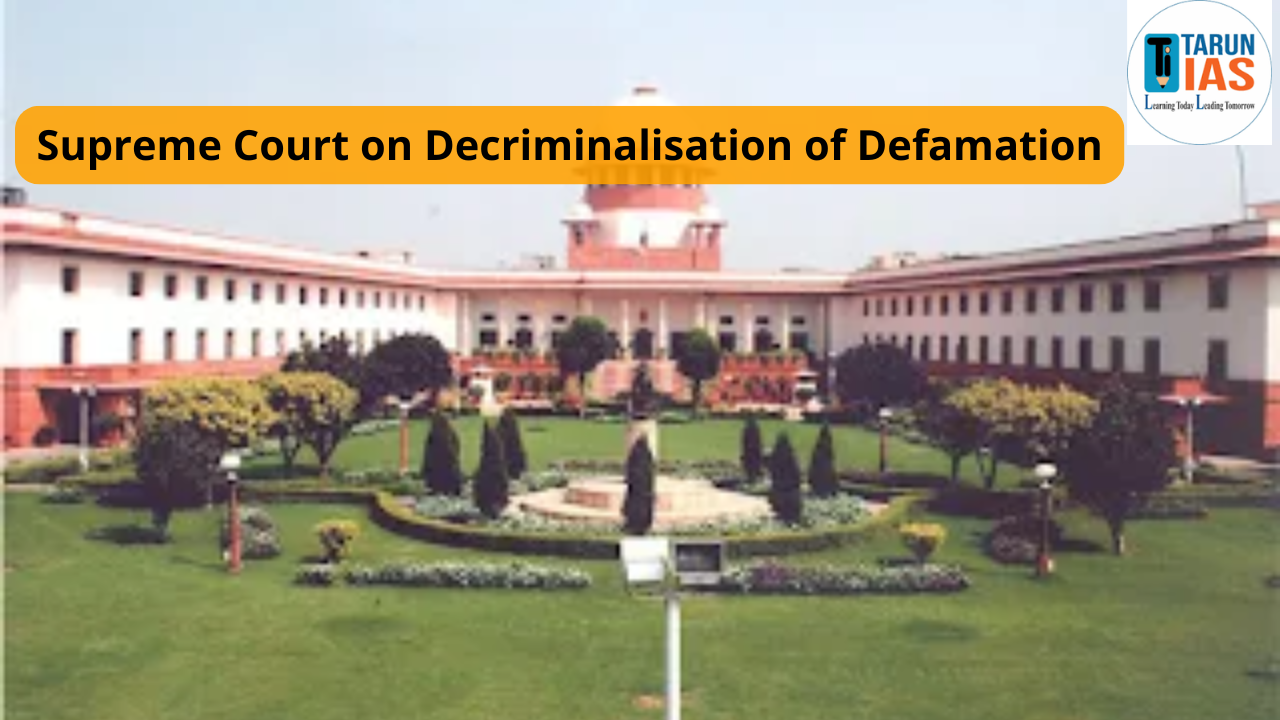In Indian constitutional law, certain judicial principles help protect the Constitution and ensure justice. One such principle is the Doctrine of Eclipse, which comes from Article 13 of the Constitution.

Doctrine of Eclipse deals with laws made before the Constitution came into force. If any such law goes against the fundamental rights mentioned in Part III, it doesn’t become completely invalid. Instead, it becomes inactive or eclipsed to the extent of the conflict. Once the conflict is removed—like through a constitutional amendment—the law becomes active again. This approach helps maintain legal continuity while also respecting the importance of fundamental rights.
Understanding the Doctrine of Eclipse
The Doctrine of Eclipse suspends pre-constitutional laws conflicting with fundamental rights, reviving them once the inconsistency is removed. Doctrine of Eclipse allows dormant laws to revive after constitutional amendment, ensuring legal continuity without fresh legislation. The Doctrine of Eclipse and the Doctrine of Severability are two main doctrines that address the constitutionality of laws and their relationship .
- The Doctrine of Eclipse says that if a law was valid when made but later clashes with fundamental rights after the Constitution came into force, it doesn’t become completely void. Instead, it becomes inactive only to the extent of the conflict and only for citizens, since fundamental rights apply to them.
- Once the inconsistency is removed—through a constitutional amendment or a new law—the original law becomes active again without needing to be re-enacted.
- So, this doctrine talks about temporary suspension, not permanent cancellation. It reflects the idea that instead of discarding old laws, we can keep them in the system and let them operate again once the constitutional issue is fixed.
Article 13 and Its Relevance
Article 13 of the Constitution plays a central role in this doctrine.
- Article 13(1): All laws in force in the territory of India before the commencement of this Constitution, insofar as they are inconsistent with the provisions of Part III, shall, to the extent of such inconsistency, be void.
- Article 13(2): The State shall not make any law which takes away or abridges the rights conferred by this Part, and any law made in contravention of this clause shall, to the extent of the contravention, be void.
While Article 13(1) governs pre-constitutional laws, Article 13(2) governs post-constitutional enactments. The doctrine of eclipse specifically applies to laws covered under Article 13(1).
Doctrine of Eclipse Essential Features
The Doctrine of Eclipse renders inconsistent pre-constitutional laws inactive, reviving them once constitutional conflicts are removed.
- Applies to Pre-Constitutional Laws
-
-
- The doctrine applies only to laws that existed before January 26, 1950—the date when the Constitution came into force.
- Conflict with Fundamental Rights
- The concerned law must be inconsistent with fundamental rights, such as those enshrined in Articles 14, 19, 21, etc.
-
- Dormancy, Not Death
-
-
- The law does not become void ab initio; it merely becomes inoperative or dormant for the time being.
-
- Scope for Revival
-
-
- If the inconsistency is removed—either by amendment to the Constitution or modification of the law—it can be revived and enforced.
-
- Limited Applicability
-
- Such laws remain applicable to non-citizens or in contexts not covered by the fundamental rights.
- Does Not Apply to Post-Constitutional Laws
- The doctrine is not applicable to laws made after the commencement of the Constitution. Post-constitutional laws that violate fundamental rights are void from the very beginning.
Doctrine of Eclipse Rationale Behind
The primary objective of doctrine of eclipse is to maintain a balance between legal continuity and constitutional supremacy. It ensures that older laws are not abruptly invalidated due to constitutional changes but are evaluated in light of evolving standards of rights. This approach prevents a legislative vacuum and offers a pragmatic legal pathway to reconcile past laws with present constitutional mandates.
Doctrine of Eclipse in which case Judicial Evolution and Landmark Judgments regarding
Several key Supreme Court decisions have shaped and clarified the doctrine over time. Below are some of the most significant cases:
-
- Bhikaji Narain Dhakras v. State of Madhya Pradesh (1955)
- This case is considered the cornerstone of the doctrine.
- The Supreme Court held that a pre-constitutional law that becomes inconsistent with fundamental rights is not invalid from the outset but only inoperative.
- The law in question granted exclusive rights to state-run transport services, which conflicted with Article 19(1)(g).
- After the Constitution was amended to permit reasonable restrictions, the law revived and became enforceable. This judgment laid the foundation for the doctrine of eclipse.
- Bhikaji Narain Dhakras v. State of Madhya Pradesh (1955)
-
Keshavan Madhava Menon v. State of Bombay (1951)
-
-
- The petitioner was prosecuted under a pre-constitutional press-related law that was challenged as violative of fundamental rights.
- The Court ruled that Article 13 has a prospective effect, meaning it does not apply retroactively to past acts.
- Therefore, the law was not void ab initio, but merely unenforceable post-constitution if it clashed with fundamental rights.
-
-
Deep Chand v. State of Uttar Pradesh (1959)
-
-
- The Supreme Court distinguished between pre and post-constitutional laws.
- It stated that while pre-constitutional laws could be eclipsed, post-constitutional laws that violate fundamental rights are void from inception (void ab initio) and cannot be revived.
-
-
State of Gujarat v. Ambica Mills (1962)
-
- This judgment slightly softened the rigid interpretation of Deep Chand.
- The Court opined that even post-constitutional laws may not always be nullities and that their enforceability could depend on the context and nature of the inconsistency.
Doctrine of Eclipse Practical Implications
Doctrine of Eclipse allows dormant laws to revive after constitutional amendment, ensuring legal continuity without fresh legislation. The Doctrine of Eclipse and the Doctrine of Severability are two main doctrines that address the constitutionality of laws and their relationship .
- For Citizens
-
-
- The doctrine ensures that citizens are not governed by outdated or unconstitutional laws unless they are aligned with the Constitution.
-
- For Non-Citizens
-
-
- In some cases, the laws may still apply to non-citizens who are not entitled to specific fundamental rights.
-
- For Legislators
-
- Legislators are encouraged to review and amend old laws to align them with constitutional mandates, knowing that the laws are not entirely dead but only eclipsed.
Doctrine of Eclipse Criticism and Limitations
While the doctrine of eclipse has served as an effective transitional tool, it has its share of limitations:
- Limited Scope
-
-
- It applies only to pre-constitutional laws, which limits its utility in modern legislative contexts.
-
- Confusion Over Dormancy
-
-
- There can be uncertainty about whether a law is merely inoperative or completely void.
-
- Revival Issues
-
- Automatic revival of laws upon removal of inconsistency may sometimes bypass judicial scrutiny or legislative review.
Doctrine in a Broader Constitutional Context
- The Indian Constitution is a living document, designed to adapt to changing societal needs. The doctrine of eclipse reflects this dynamic nature.
- It accommodates historical continuity while preserving the supremacy of fundamental rights. In doing so, it illustrates how constitutional interpretation in India blends pragmatism with principled legal reasoning.
- Furthermore, doctrines like eclipse underscore the judiciary’s proactive role in upholding the spirit of the Constitution.
- By allowing laws to be revived once they are cured of their constitutional infirmities, courts ensure that governance is both just and flexible.
Conclusion
The Doctrine of Eclipse is a testament to the maturity and foresight embedded in India’s constitutional jurisprudence. It highlights the balance between honoring legislative history and upholding modern democratic values. By declaring inconsistent pre-constitutional laws as dormant rather than dead, the doctrine safeguards legal continuity while prioritizing the inviolability of fundamental rights. It stands as a powerful reminder of the Constitution’s dynamic character and the judiciary’s commitment to ensuring justice in every era.















